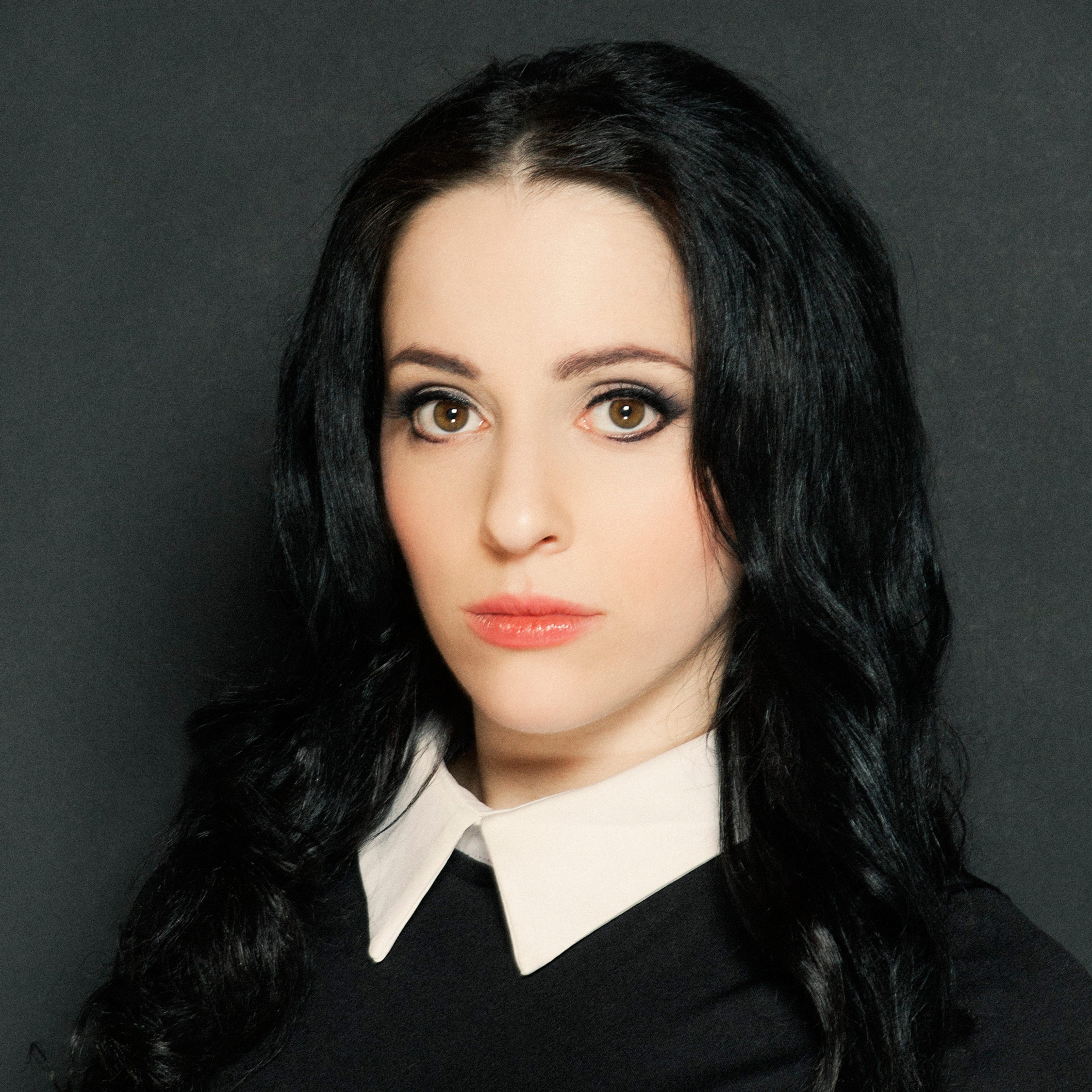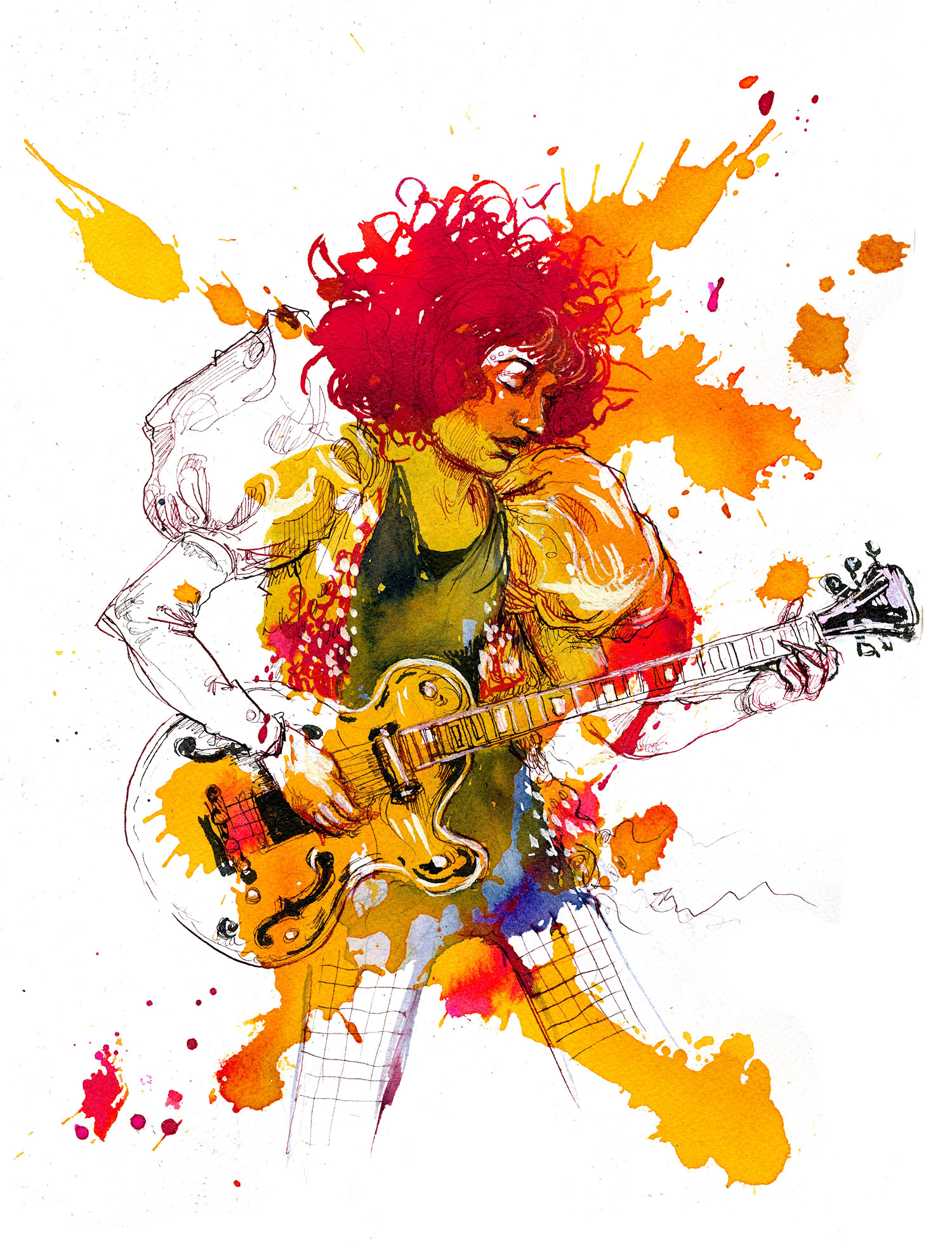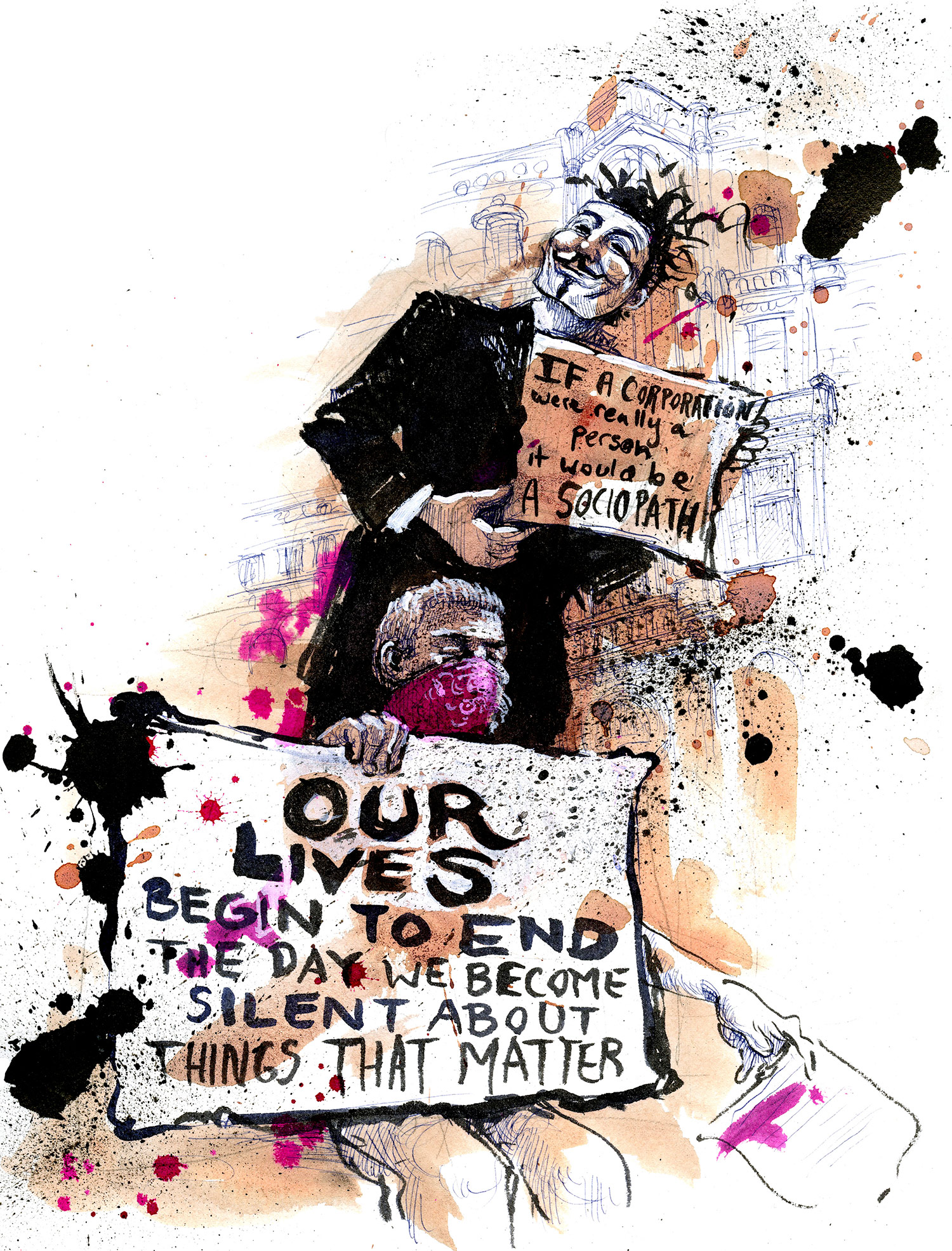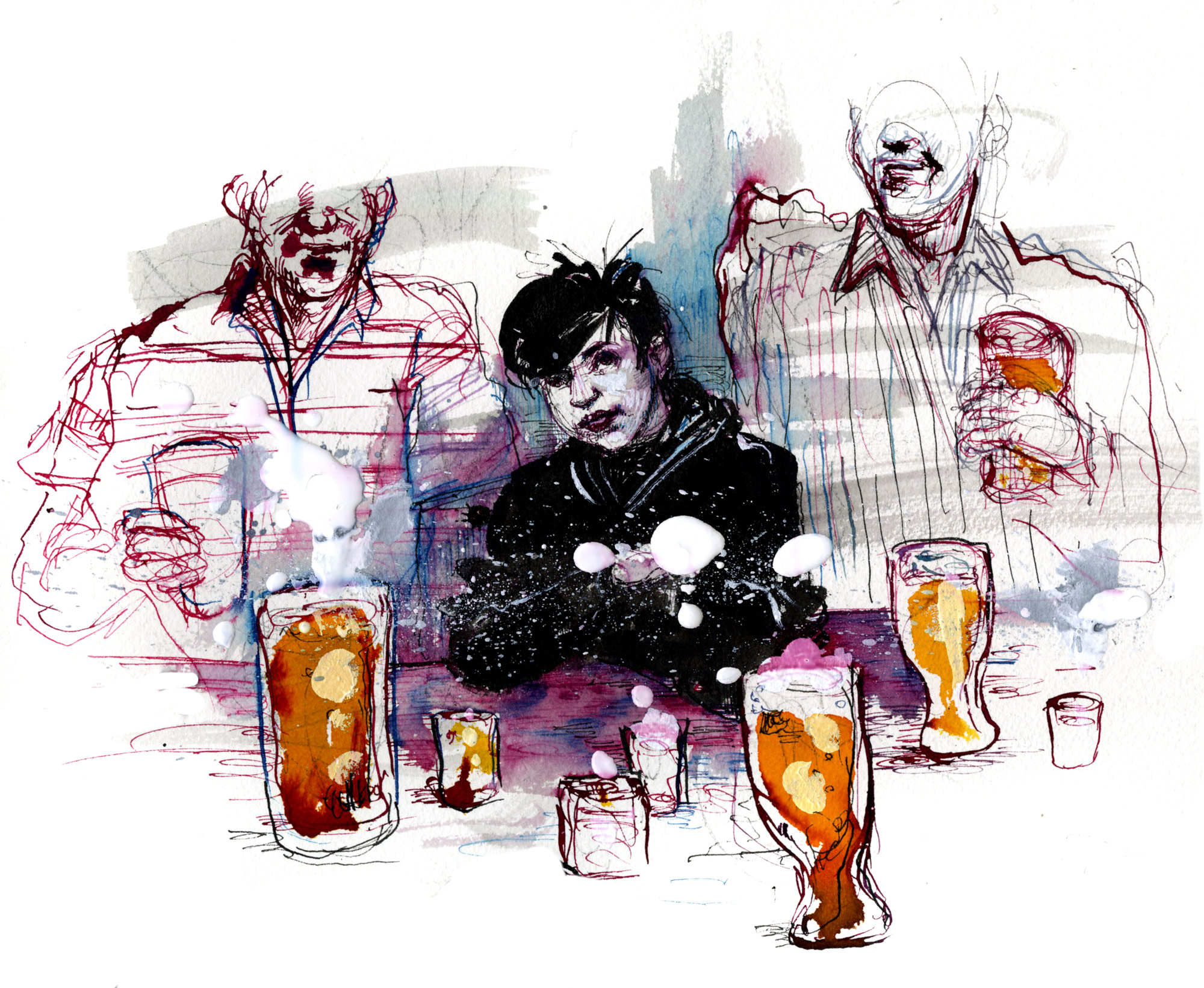
- Interview by Tina Essmaker December 1, 2015
- Photo by Clayton Cubitt
Molly Crabapple’s Drawing Blood
In August 2014, we published a long-form interview with NYC-based artist and writer, Molly Crabapple, on TGD. Since then, Molly has been hard at work to complete her memoir, Drawing Blood, now out on HarperCollins. We caught up with Molly to ask about what sparked her decision to write a memoir, her biggest challenge throughout the process, and what she’s up to next.
- artist
- illustrator
- writer
- follow-up
When we first spoke for your TGD interview published in August 2014, you were already working on your memoir, Drawing Blood, which is out today, published by HarperCollins. What led to your decision to write a memoir now? Oh, dear god! This question! Ahhh! So, I don’t know. I honestly don’t. I was doing these personal essays for VICE that people seemed to really love, and I thought that perhaps I’d make something that was like a really long personal essay—by the way, a memoir is not actually like that, but I was a naive first-time book writer. And then I was roped into doing the damn thing to the bitter end.
The opening chapter of Drawing Blood ends simply with, “This is the story of a girl and her sketchbook.” And it’s true. Art has been the constant in your life, and it has given you a platform for your voice. When did you first realize the power of your sketchbook? I’ve been drawing since I was old enough to make a mess. Drawing is more of a compulsion than a vocation—it’s less of a job, and more like doing coke or picking scabs. I draw because I need to. But when I was a kid in school, I learned the twin powers of art to mock authority and to please. I’d draw the beautiful popular girls, but also mean pictures of my teachers.
Your memoir is honest and vulnerable—you don’t leave anything out. What experience was the most challenging to write about, and what do you hope readers will take away from your willingness to share? Writing about other people was always the hardest. I wasn’t writing about people who I met as a journalist, who knew the terms of our talks. I was writing about my loved ones from a decade ago. I didn’t want to betray them. It was fine to cut myself open, but not them. Trying to make something that was both my own truth and true to what others knew was so, so hard. Memory, god you are a slippery beast. I don’t know what I want readers to take away—I can’t even think of that. Maybe I want them to embrace their own jagged bits, their own impossible plans.
“Writing about other people was always the hardest. I wasn’t writing about people who I met as a journalist…I was writing about my loved ones from a decade ago. I didn’t want to betray them. It was fine to cut myself open, but not them.”


You’ve lived a full life thus far, but I imagine that in another thirty-something years, you’ll have more to write. What was the process of writing your memoir like, and do you think you’d tackle another project like this? I will never ever do a memoir again. This was harder than my most meticulously researched work of journalism. You’re pulling our your guts, and then asking people to marvel at the pleasing pattern you’ve made.
I started by locking myself in hotel rooms and binge writing. Then I sharpened the whole sprawling, messy horror show down to what we now see. There are about a hundred or two-hundred pages that I cut out. Those are sitting around in a Word document, and perhaps someday I’ll plunge into them again.
After I finished writing, editing, and re-editing the book—I made five or six rounds of edits—I made a giant list of the art I wanted. I was able to finish half of the artwork by the deadline.
Do you read memoirs and, if so, do you have a favorite that struck you? I do! God, I love so many, but I think my current favorite is Raja Shehadeh’s Strangers in the House: Coming of Age in Occupied Palestine. It’s about her experience growing up as a rebellious young writer in occupied Ramallah. It’s both beautifully written and painfully incisive—it’s a sort of harsh-on-everything incisiveness that comes from deep love.
You seem to constantly juggle multiple projects. In addition to the promotion that goes along with a book release, what else will we see from you in the coming months? I owe a show to my long-suffering gallery. But, god, all I want to do is escape from the world and go somewhere far from cell phone reception where I can drink all the whiskey and read all the books. Then I’ll be back to doing journalism.
Read an excerpt of Drawing Blood on the New Republic. The book is available for purchase via HarperCollins and bookstores everywhere. Molly will also be on book tour in NYC, LA, Boston, and Seattle (details here).
About Molly Crabapple
Molly Crabapple is an artist and writer in New York. Her memoir, Drawing Blood (HarperCollins) is out now. Called “an emblem of the way art can break out of the gilded gallery” by the New Republic, she has drawn in Guantanamo Bay, Abu Dhabi’s migrant labor camps, and with rebels in Syria. She is a columnist for VICE, and has written for publications including the New York Times, Paris Review, and Vanity Fair. Her work is in the permanent collection of the Museum of Modern Art.
“I’ve been drawing since I was old enough to make a mess. Drawing is more of a compulsion than a vocation…I draw because I need to. But when I was a kid in school, I learned the twin powers of art to mock authority and to please.”

